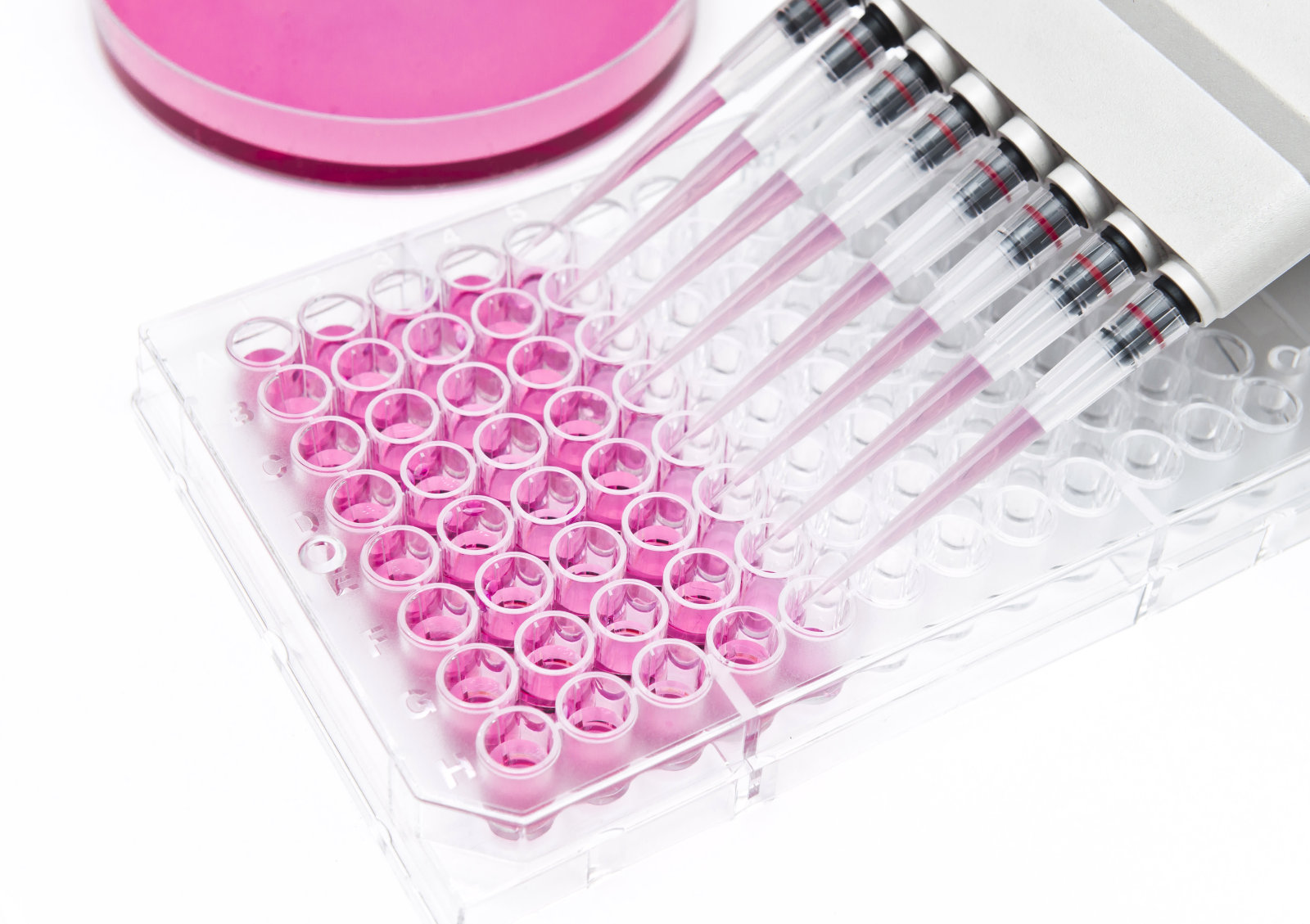Disposable pipette tips are one of the commonly used consumables in laboratories, widely applied in fields such as molecular biology, chemical analysis, clinical diagnosis, and more. Although pipette tips may seem insignificant in experimental operations, their quality and selection directly impact the accuracy and reliability of experimental results. This article will provide a detailed introduction to the types, application scenarios, and selection criteria of pipette tips, helping laboratory personnel better understand and use these products.

I. Types of Pipette Tips
Pipette tips can be classified into the following main types based on factors such as material, structure, and function:
Universal Tips
These are the most common type of pipette tips, typically made of polypropylene (PP) material, which offers good chemical resistance and temperature tolerance. Standard pipette tips are suitable for most routine experiments.
Filtered Tips
Filtered tips are equipped with a filter membrane inside the tip, effectively preventing liquid or aerosols from entering the pipettor, thus protecting samples and the pipettor from contamination. Filtered tips are suitable for experiments requiring high precision, such as PCR experiments.
Low-Adsorption Tips
Low-adsorption tips undergo special treatment to reduce the adsorption of liquid on the inner wall of the tip, minimizing sample residue. These tips are suitable for experiments involving valuable samples or volatile liquids.
Automated Tips
These pipette tips are specifically designed for automated pipetting workstations, typically featuring more precise shapes and sizes to ensure consistency and accuracy in high-throughput experiments.
Conductive Pipette Tips
Conductive pipette tips are mainly used in automated workstations and specific diagnostic fields, requiring good compatibility with automated equipment. Major pipetting workstation brands that use these tips include Tecan, Hamilton, Roche, and Beckman Coulter.
II. Application Scenarios of Pipette Tips
The application scenarios of pipette tips are very broad, covering almost all liquid handling processes in laboratories:
Molecular Biology Experiments
In molecular biology experiments such as PCR amplification and nucleic acid extraction, filtered tips can prevent cross-contamination, ensuring the reliability of experimental results.
Chemical Analysis
In high-precision chemical analyses such as liquid chromatography and mass spectrometry, low-adsorption pipette tips can reduce sample loss and improve detection sensitivity.
Clinical Diagnosis
In clinical diagnoses involving enzyme-linked immunosorbent assay (ELISA), body fluid analysis, serological testing, cell culture, and more, the choice of pipette tips directly affects the accuracy of diagnostic results. Using high-quality filtered pipette tips can reduce the risk of sample contamination.
III. Key Points for Selecting Pipette Tips
Choosing the right pipette tips is crucial for ensuring the success of experiments. When selecting pipette tips, consider the following key points:
Tip Capacity
Choose pipette tips with the appropriate capacity based on the volume of liquid needed for the experiment. Common tip capacities include 10µL, 100µL, 200µL, 1000µL, etc. Avoid using pipette tips outside their intended capacity range to maintain pipetting accuracy.
Compatibility with Pipettors
Compatibility between pipette tips and pipettors is key to ensuring pipetting precision. Different brands of pipettors may require specific types of tips. When purchasing, confirm that the tips are compatible with your existing pipettors, mainly by examining the seal between the pipettor and the tip. Multi-channel pipettors can generally make it easier to identify compatibility.
Tip Quality and Manufacturing Process
High-quality pipette tips undergo strict sterile processing during production, with smooth inner walls and no residue, effectively reducing sample loss. Additionally, the manufacturing process of pipette tips determines their consistency between batches. Use pipette tips from the same batch in experiments, and assess consistency through multiple tests.
Absence of Pyrogens or Chemical Contamination
General biological and medical diagnostic tests require consumables free from enzymes, pyrogens, and other contaminants, with high material cleanliness requirements. Materials should typically pass biocompatibility or toxicity tests.
Storage and Use of Pipette Tips
Store pipette tips in a dry, cool environment, avoiding direct sunlight and high temperatures to prevent material aging that could affect performance. During use, take care to avoid secondary contamination and maintain the cleanliness of the pipette tips.
Pipette tips, though small, play a crucial role in the laboratory. Selecting the right pipette tips not only enhances experimental and diagnostic efficiency but also ensures the accuracy and reproducibility of results. Scientific and rational use of pipette tips during experimental operations aids researchers in obtaining more precise and reliable data.
The world's largest Healthcare Exhibition and Trade show, MEDICA 2024, is set to make a grand return to Düsseldorf, Germany. Kingfa Medical will display all the aforementioned lab pipette tips at Hall 17 A51-3. For more info on lab protection and precision experiment consumables, welcome to visit us in person.
